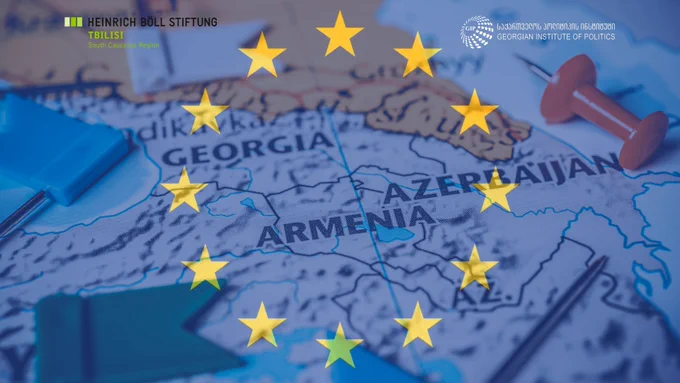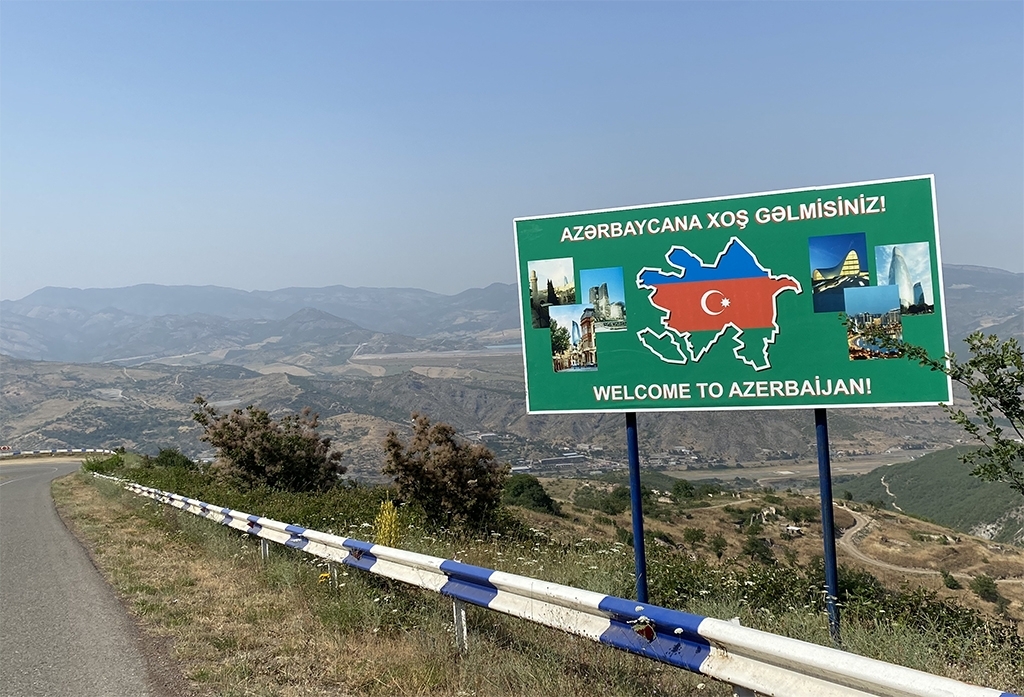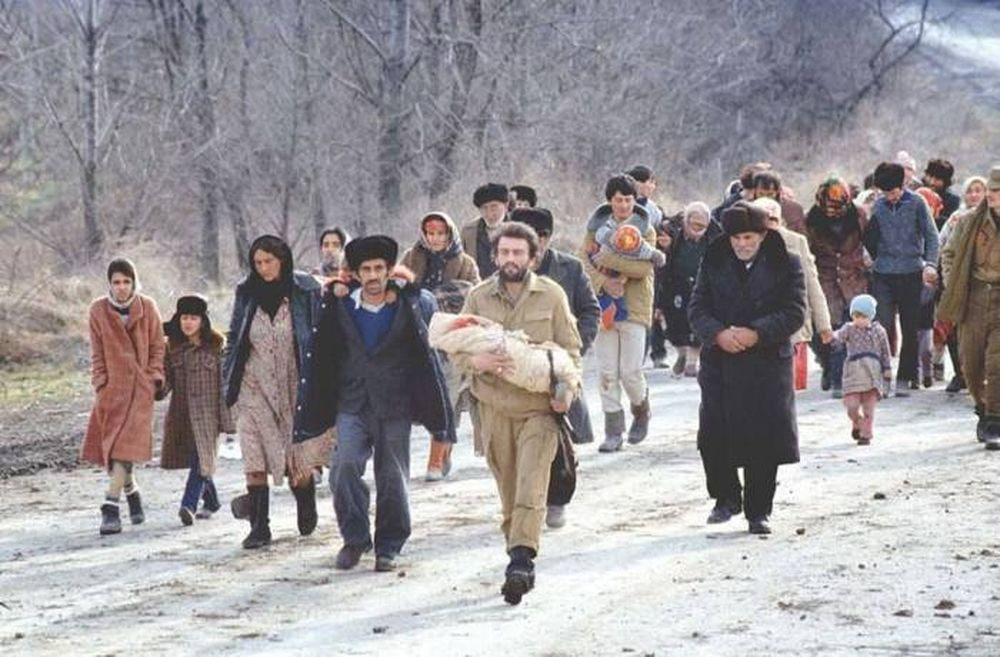
Karabakh ethnic cleansing claims disputed
The fact that the majority of the Armenian population left Karabakh after Azerbaijan restored its territorial integrity has been cited in various reports and statements by international organizations, politicians, and media outlets as grounds for accusations of “ethnic cleansing” against the country. Azerbaijani lawyers and political scientists argue that, under international law and policy, no “ethnic cleansing” of Armenians occurred on Azerbaijani territory.
What is ethnic cleansing under international law?
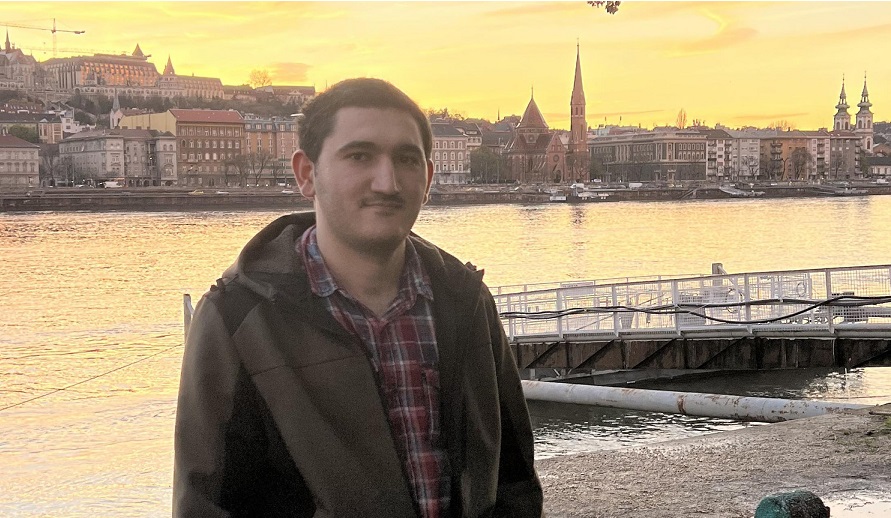
Lawyer Syubkhan Hasanli believes that serious investigations must be conducted before making such grave accusations as “ethnic cleansing” against any country or people.
“Recently, accusations of ‘ethnic cleansing’ against Azerbaijan have gained traction both within the international community and in global media. It’s no secret that this topic is already being discussed in lectures at European universities and is being used to draw various historical parallels,” he says.
“Did ethnic cleansing actually take place? How is this issue regulated by law?
All these questions should be examined by scholars and researchers. I conducted a small study on this topic and am sharing what I found.”
The Concept of “ethnic cleansing” under international law
Ethnic cleansing involves the forced expulsion of a specific ethnic group from a territory to transform it into an ethnically homogeneous area. This is typically carried out through systematic violence, threats, and coercive measures.
According to the United Nations (UN), such actions may qualify as genocide, war crimes, or crimes against humanity. However, the term ‘ethnic cleansing’ has not been recognized as a precise legal category under international law.
Clotilde Pegorier, in her analysis titled ‘Ethnic Cleansing: A Legal Qualification,’ notes that for an act to be recognized as ethnic cleansing, there must be indisputable evidence of systematic violence, intent to forcibly displace, and the aim of total extermination of a specific group.”
“From this perspective, the exodus of Armenians from Nagorno-Karabakh cannot be considered ethnic cleansing, as it did not occur through direct violence or a policy of forced relocation. This departure was primarily voluntary, driven by security concerns.
In international law, intent is a crucial element for an act to be classified as ethnic cleansing. This means that the goal of systematic extermination or forced displacement of a specific ethnic group must be proven. “Intent” is, therefore, based not only on the outcomes of actions but also on the objectives of those carrying them out.
If we examine Azerbaijan’s military actions in Nagorno-Karabakh, there is no evidence to suggest that the primary goal was anything other than restoring territorial integrity and neutralising armed separatist groups in the region. These armed groups were also recognised as separatist organisations in UN resolutions.
Michael Mann, author of The Dark Side of Democracy: Explaining Ethnic Cleansing, and Patrick Thornberry, author of International Law and the Rights of Minorities, emphasize that measures taken by modern states to ensure security and territorial integrity within their borders should not always be interpreted as ethnic cleansing.
If Azerbaijan’s intention had indeed been ethnic cleansing, methods such as systematic violence, mass killings, or forced displacement would have been employed. However, there is no concrete evidence that such actions occurred in Karabakh.
An accusation of “ethnic cleansing” can only be made if intent is clearly proven. In other words, if the state’s direct objective is not the complete destruction or forced relocation of a specific ethnic group, it does not qualify as ethnic cleansing.
This issue can be explored further. For example, how many civilian casualties occurred during the operations? What damage was inflicted on civilian infrastructure? All of these are legal indicators that “ethnic cleansing” did not take place.
“Ethnic cleansing” is a very serious accusation that condemns an entire nation. To use this accusation so liberally also shows disrespect to groups that have genuinely suffered ethnic cleansing.”
“Ethnic cleansing did happen in Karabakh, but against Azerbaijanis”
Political analyst Hadji Namazov suggests recalling the exodus of Azerbaijanis from the same region 30 years ago to understand that no ethnic cleansing of Armenians occurred in Karabakh in 2023.
“Despite the outcry from some Western politicians, there was no ethnic cleansing in Karabakh in 2023. Thankfully, this all unfolded before our eyes, and there is plenty of photo and video evidence documenting the departure of the Armenian population from this region of Azerbaijan. Most of the noise around this issue is being made by those who weren’t even paying attention to this topic in late September or early October last year. Otherwise, they wouldn’t have found any grounds to make such claims.
As I mentioned in our previous conversation, Armenians still live in Karabakh. A simple, even childlike question: if there had been ethnic cleansing, how did they survive?”
Looking back to the early 1990s, clear signs of ethnic cleansing can be seen in Karabakh, but this time from the Armenian side. Fortunately, photo and video evidence from that period also remains.
Anyone with basic internet skills can find videos showing an armed gang led by Monte Melkonian giving the residents of Kalbajar 10 hours to leave the city via the only available road. A similar story occurred in Khojaly.
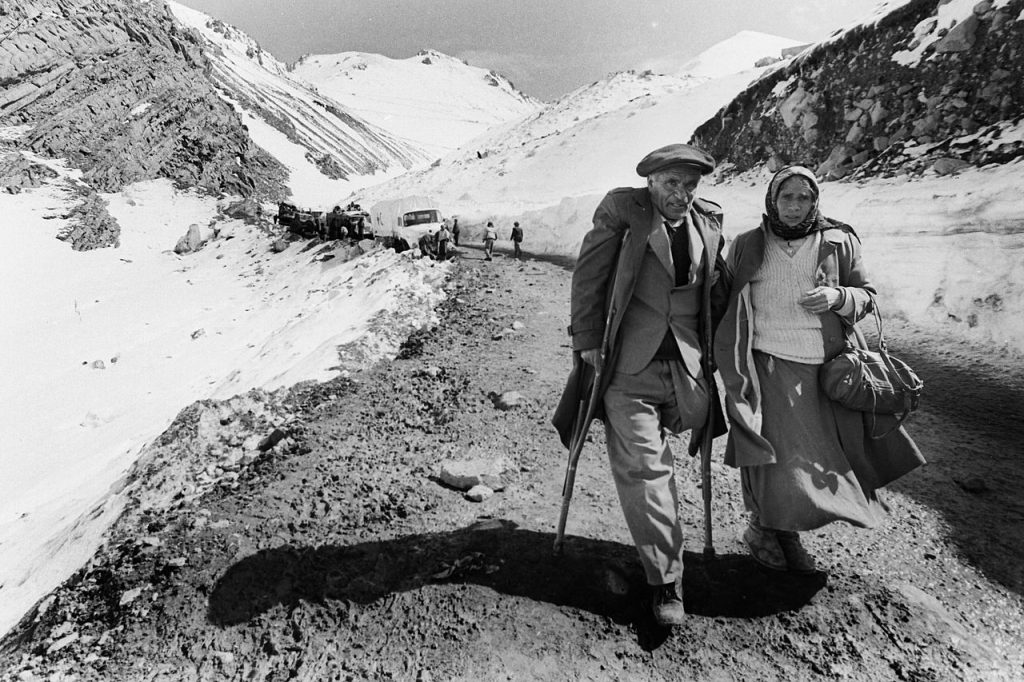
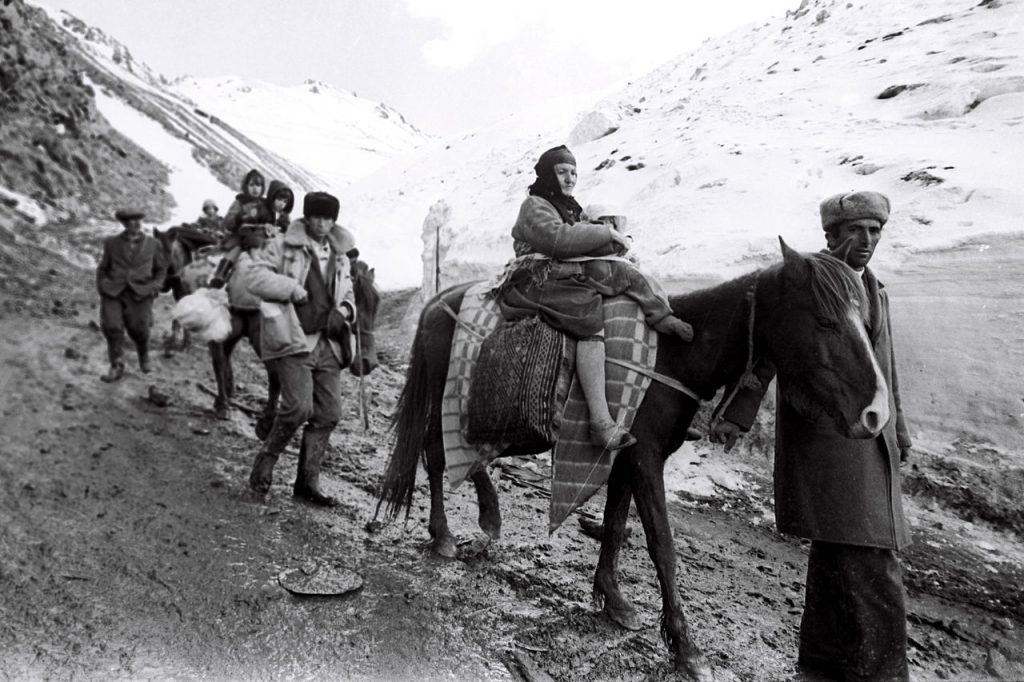
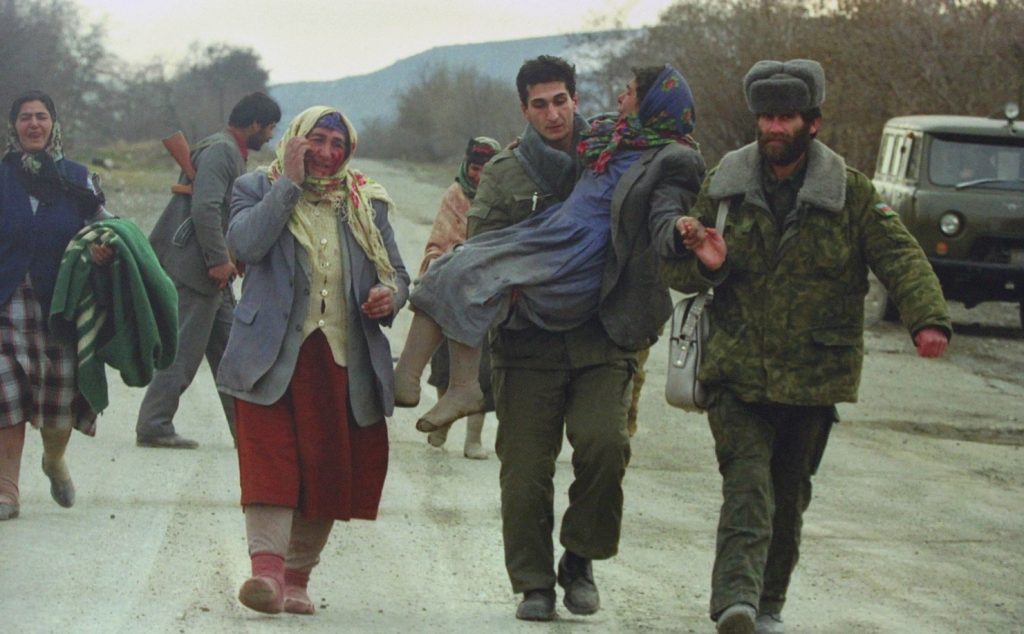
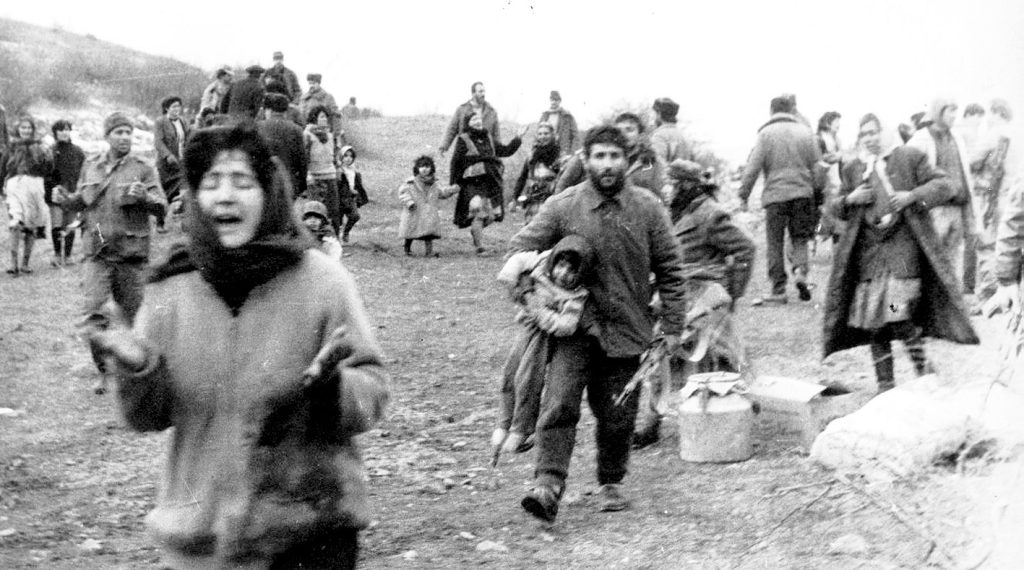
Even a brief glance at the crowds of Azerbaijanis leaving Karabakh in the winter, barefoot and lightly dressed in the snow, is enough to see that these people didn’t even have time to put on proper clothing and were forcibly driven from their homes at gunpoint. Now compare this to how Karabakh Armenians pass through the border checkpoint in Lachin. Only a very biased person wouldn’t notice the difference.
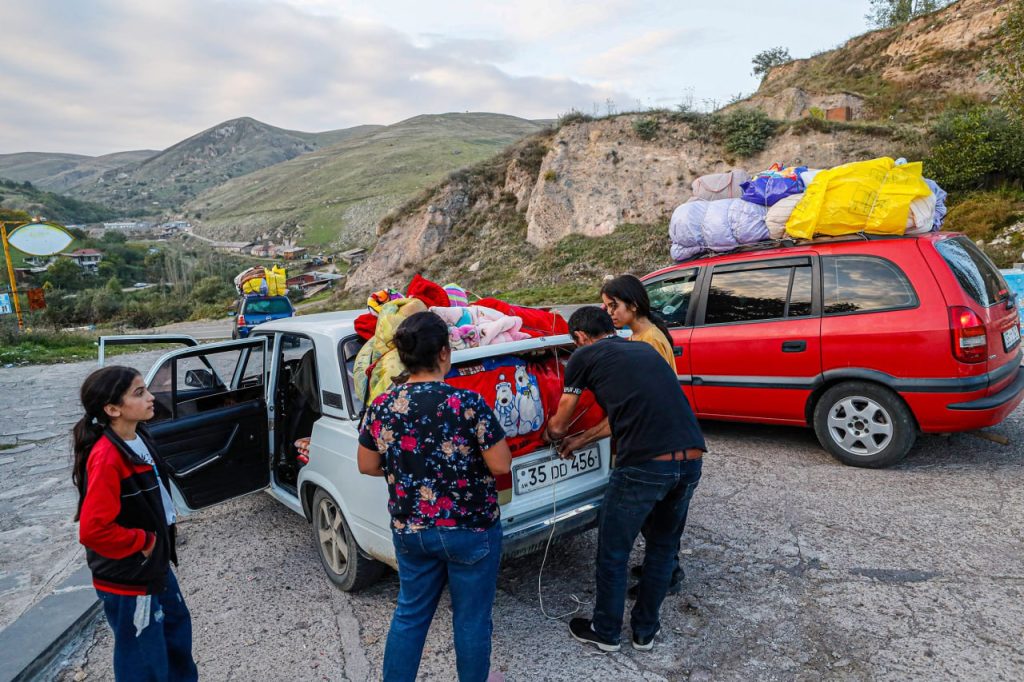
And one more important fact: after the first Karabakh war, not a single Azerbaijani remained on the internationally recognised territory of Azerbaijan occupied by Armenia.
Therefore, claims of alleged ethnic cleansing in Karabakh in 2023 have no basis—neither legal nor ethical.”
Karabakh ethnic cleansing claims disputed
